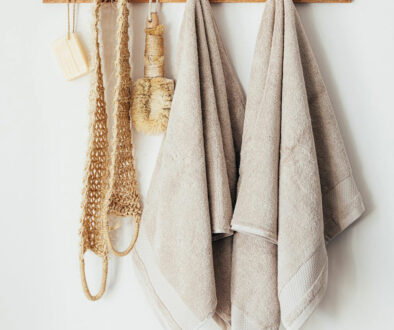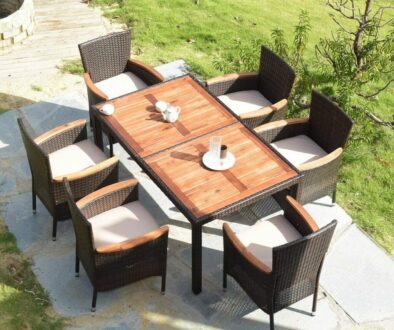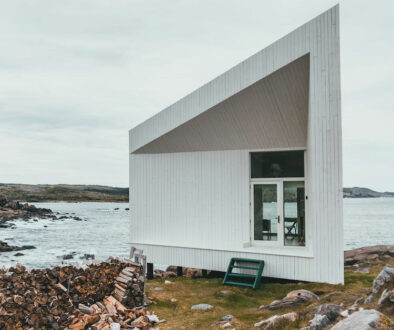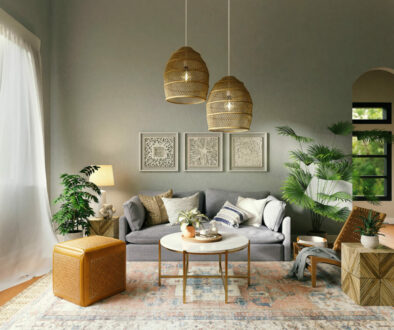How Colors in Your Environment Affect Your Mood
Does the color red make you feel anxious? Do you feel calm in a blue room? Does orange stimulate your energy levels? It is a no-brainer that looking at certain colors can relax you.
Colors are a direct reflection of your personality. The way you dress, and the way your home looks speak volumes. Certain colors are said to increase your blood pressure and metabolism while others are known to calm and relax you.
Even though there is little concrete evidence to back the claims, color psychology is a big thing in marketing and branding. Color psychology describes how different colors can cause behavioral changes in humans.
Your home is your sanctuary. You let your guard down, change into most comfortable and worn-out clothes, tie up your hair in a messy bun and lie down on the couch with a mug of tea. You like how your home is set up.
You love the orange wall clock on the kitchen wall. It brings a splash of brightness in an otherwise neutral kitchen. You adore the lilac wallpaper in your kid’s room with specks of silver. The nursery is painted a pastel yellow awaiting someone’s arrival.
Everything is quite lovely… Well, except for the TV lounge. The burgundy sofa, the dusty carpets and grey walls make you feel suffocated. It doesn’t help that there is no window to blast the room with fresh air and sunlight.
How about revamping it? If you wish to remodel a room in your home, make sure it has the tranquility factor.
Check out our list of colors and what kind of effects they can have on your mood, mindset, and well-being. Do they bring positive vibes or channel negativity? Let’s find out!
1. Blue – Tranquility
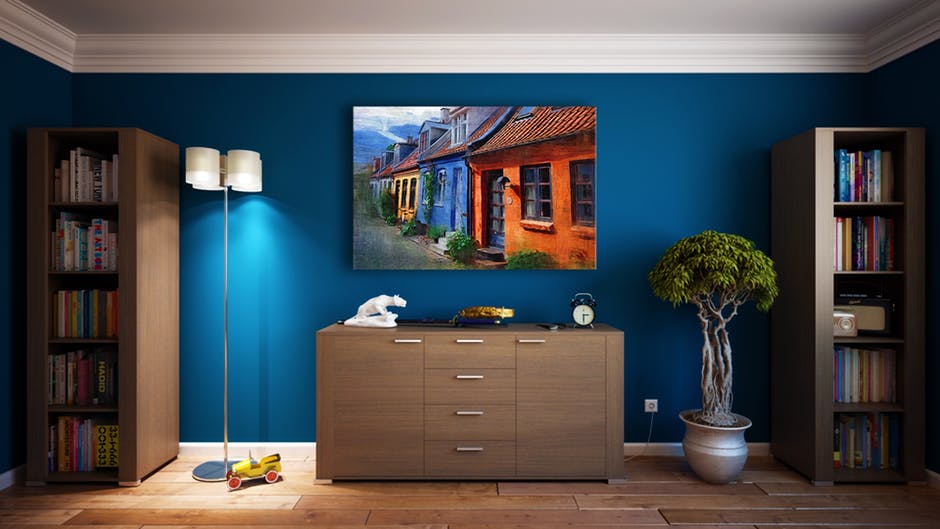
I will start with my favorite color… Blue. Known as the color of stability and safety, each shade of blue has a calming factor. The color is said to regulate blood pressure, heart rate and respiratory rate. It is easy on the eyes and it reminds one of vast blue skies and seas. It is highly recommended for bedrooms and bathrooms. If you want the color of serenity in your house, you can choose from different shades of blue and balance it with other hues.
For instance, if you repaint one of your bedroom walls in pastel shade such as baby blue, it may have a dull and frosty look. However, prop some green plants, white curtains and furnishings, and dark blue decor pieces, the room will have a well-balanced appearance. For a bathroom, consider a steely shade of blue that reminiscences stormy clouds and rainfall. After all, bathroom is all about water!
Warmer shades of blue work well in kitchens, lounges, and dining areas. Think turquoise, azure, aquamarine and Tiffany blue. The warm, bright blues evoke feelings of happiness and positivity. The darker shades have an opposite effect. For example, navy blue can induce glumness and sadness. This stands particularly true in areas where winters are long and sunlit days are a rarity. The soft blues work best in interior designing.
2. Yellow – Energy
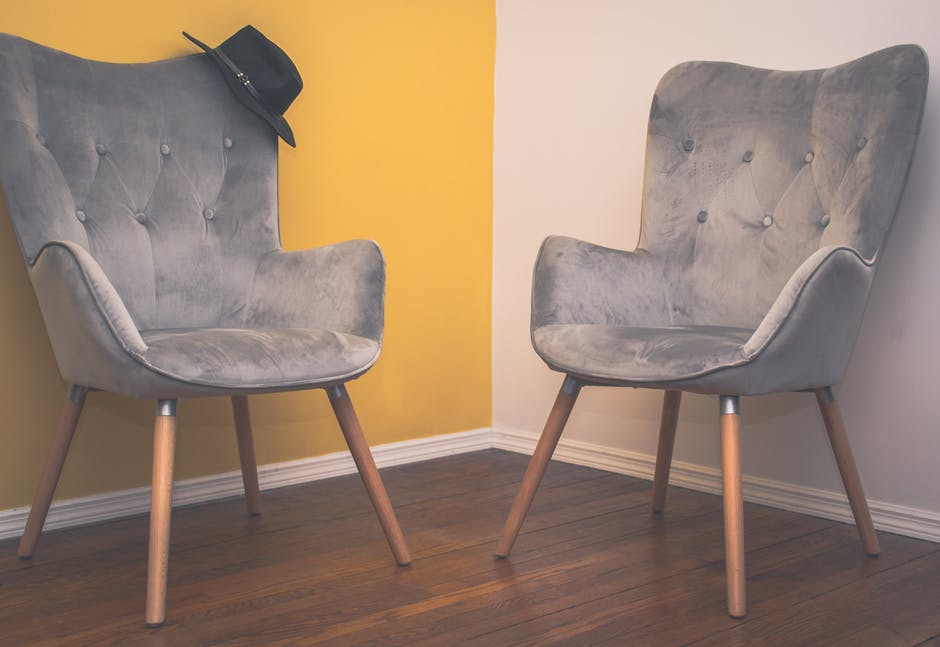
Yellow Wall Paint for feature wall and Grey Chairs
Yellow is such a vibrant color that gives off energetic vibes. One look at it and you will imagine sun-bleached days, sandy beaches, and summertime picnics. My mom has remodelled her kitchen in yellow and white tones. It looks sunny, spacious and believe it or not, the colour has made the typically nasty chores much more bearable.
The color yellow is associated with cheerfulness, confidence, and optimism. If you want to start your day on a positive note, the sunny hues will help you out. The color keeps you active and alert. However, it has the strongest effect psychologically. Staring at yellow color for a long time can trigger anxiety. To use yellow hues in your house, it is best to pair it with lighter and neutral colors such as white, grey, or brown for a balanced look.
3. Red – Passion
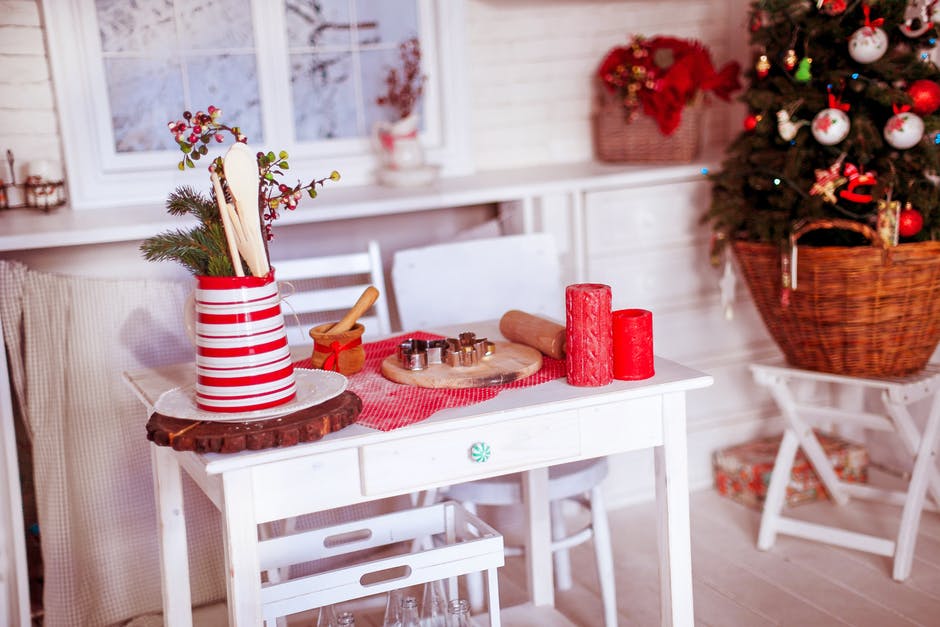
Red is a complicated color. On one hand, it screams boldness, romance, and passion while on the other hand, it says danger, rage, and failure. It is also known to cause irritability, high blood pressure and increased heart rate. Is red a good idea to color your home with?
Red isn’t really a color for relaxation. It is more ideal for formal settings and socializing. Decorate your drawing room and dining area in deep shades of red and neutral tones. If the walls are white and beige, put a wine-colored table cloth on a dining table, get a plush ruby-red sofa or hang brick-red curtains. When you socialise, having the red color around you boosts your confidence and makes you feel more in control. You will make the perfect host!
4. Green – Zen
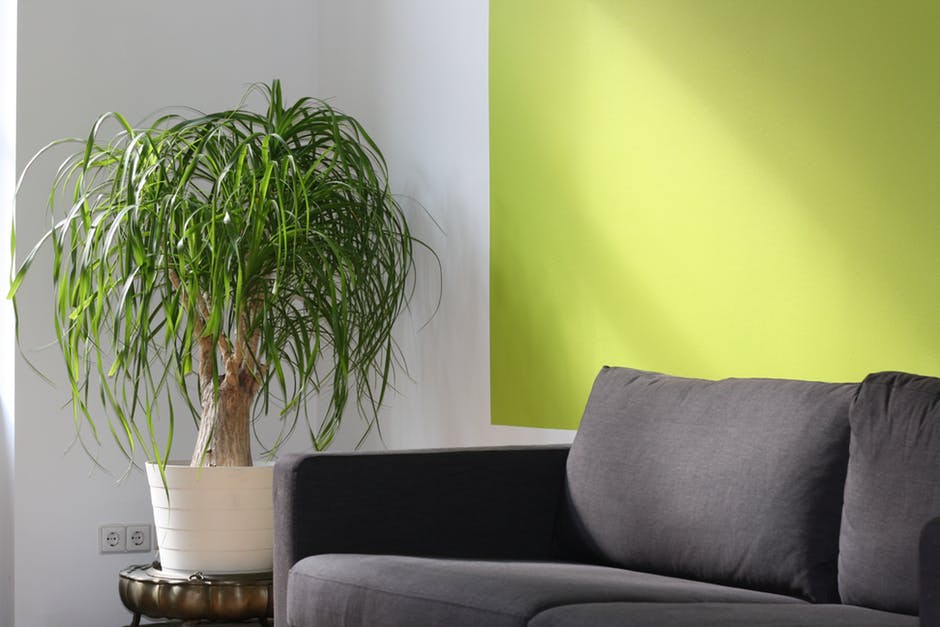
The lovely color of nature… What’s not to love about green? Full of warmth, youthfulness and liveliness, green is a restful color that helps you unwind after a long, tiring day. It is easiest on the eyes and requires minimum ocular adjustment. The pastoral pigments encourage positive thoughts, reduce anxiety, and allow you to delve into a ‘Zen’ zone.
Play with all kinds of green shades in your home. The leafy color is associated with fertility making it an awesome color for the bedroom. Throw some emerald tints in your TV lounge for brightening up the family time and paint the kitchen with lime green and let it’s springtime spirit envelope you.
5. Pink – Charm

Linked with girly giggles, cotton candy and bubble gum flavors, the color pink is thought to be a feminine color. However, it is much more than sweet romance. As a kid, I hated pink. It was mostly due to overload of powder pink in my room. As I have grown older, I have made my peace with it and have grown rather fond of it.
From the flamboyant shocking pink to the peachy pastel, the Pink Effect is real! It means when you are exposed to pink color for a long time, you begin to feel calm. Pink is ideal for kids’ rooms and play areas as it brings out feelings of playfulness, kindness, and well-being. According to Feng Shui, pink balances energies in the home.
6. Purple – Royalty

Purple is a symbol of luxury. When kings and queens ruled the world and magnificent palaces were thriving, the rich shades of purple were quite commonly seen in interior designing.
Just like blue, purple has different shades. Lighter shades such as lilac, mauve, and lavender are soft and easy on the eyes. They are linked with peace, serenity, and calmness. Pastel and soft shades of purple make a great choice for bedrooms.
The darker shades like eggplant, plum and violet hues work well in drawing rooms, entrances, and dining rooms. Add subtle touches of gold or silver to bring out the opulent vibes. The dark shades add a touch of sophistication and boost your confidence.
7. Orange – Enthusiasm

Orange is linked with vigorous energy and enthusiasm. While it won’t make a good choice for bedrooms and kitchens, if you have an area dedicated to sports and exercise, orange color will be just perfect for it! It lifts up the mood and motivates you to do the best.
Adding little touches of orange color to other areas of your house is a neat way to add a dose of color. For instance, an orange shelf in a white bathroom or an orange wall clock in a beige drawing room.
8. White – Purity

Pure, calm, and serene – White is the color of clarity and freshness. During stressful times, the color white can help you calm down and undo the knots in your mind. Painting the walls and ceiling white or off-white will make your room look spacious, airy, and clean.
As white furniture and curtains can easily get dirty, it can instill the fear of mess in people, particularly those with children in the house. If you don’t have little ones in the house or have sensible kids, white is a good option even for the bedrooms and bathrooms.
When it comes to coloring up the home, choose wisely. Weird color combinations, eye-straining bright shades and unbearable contrasts can give you a headache. Choose colors that make you feel relaxed and good about yourself. Color psychology may not be scientifically proved yet, but you can’t deny the effects of colors on your mood!



